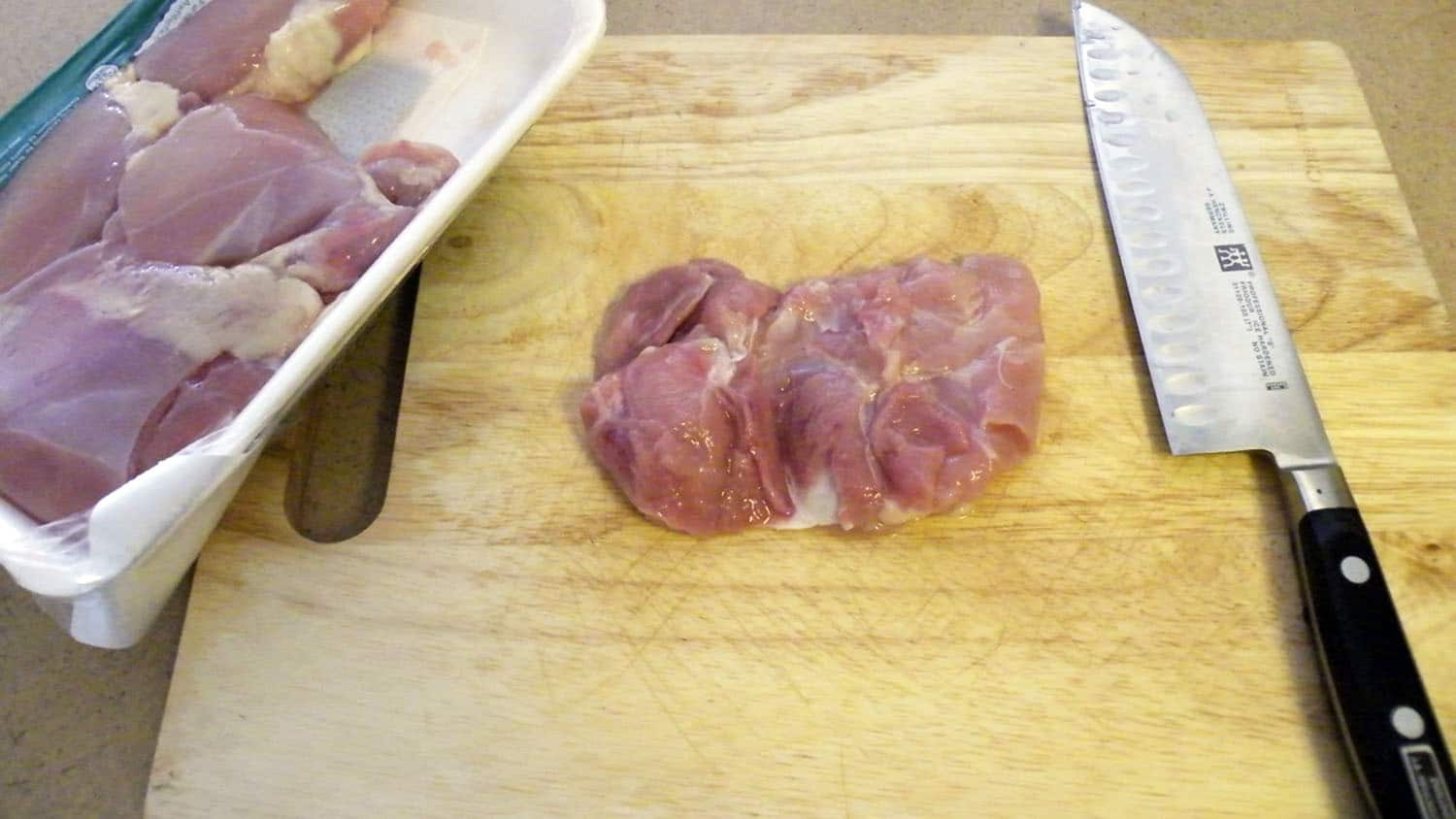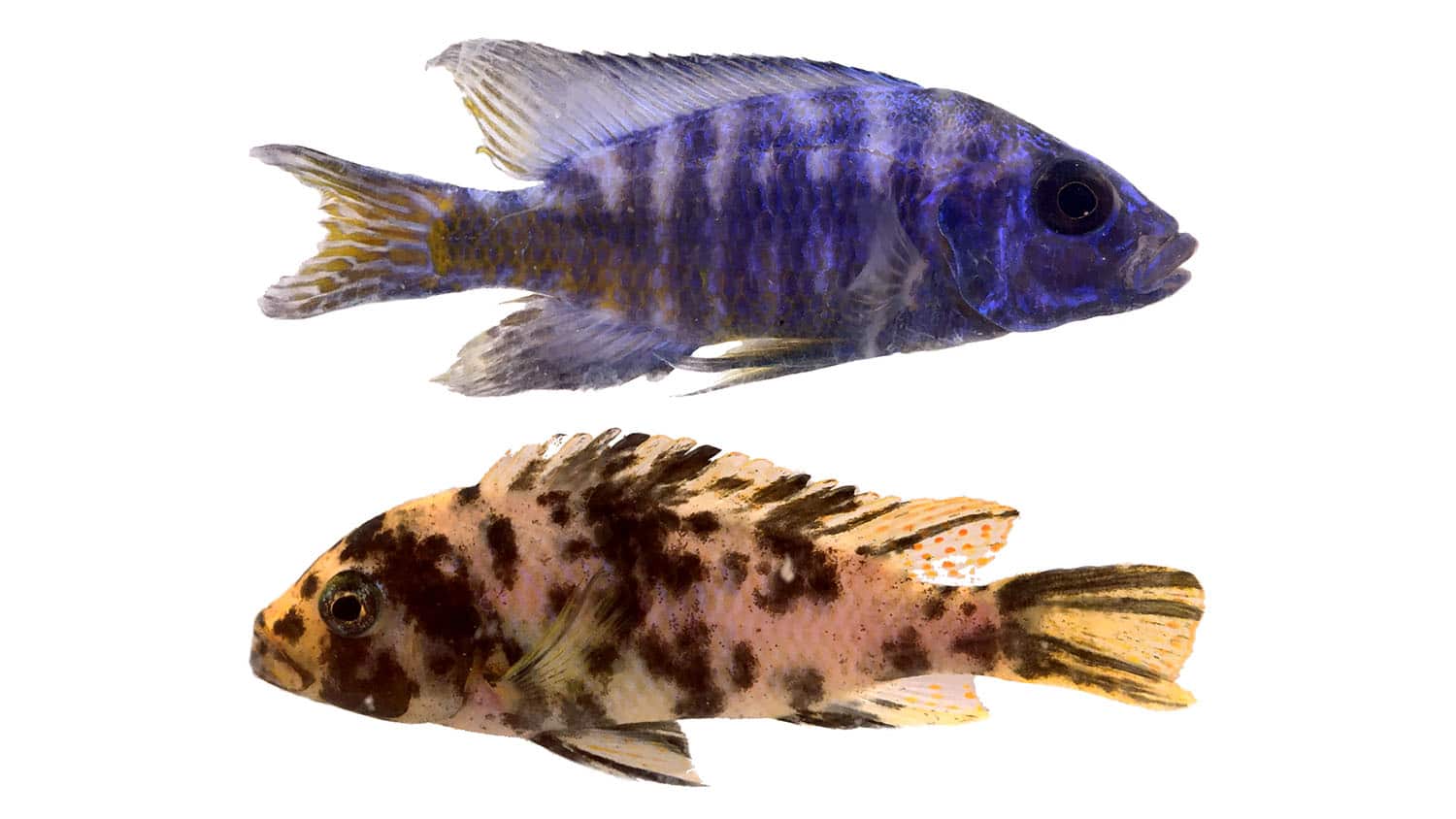For Immediate Release
In a study aimed at assessing the impact of washing poultry on kitchen contamination, researchers found that more than a quarter of study participants contaminated salad with raw poultry – including many study participants who did not wash the poultry. The study highlights the importance of hand-washing and cleaning and sanitizing the kitchen in order to reduce the risk of foodborne illness when cooking at home.
Washing raw poultry is not recommended, due to concerns about inadvertently contaminating other foods and surfaces – and increasing the risk of foodborne illness.
“We wanted to know what effect an educational intervention would have on getting people to stop washing poultry before cooking, and what effect any resulting change in behavior might have on reducing contamination in the kitchen,” says Ellen Shumaker, corresponding author of the study and an extension associate at North Carolina State University. “We also wanted to get a better idea of how, if at all, washing poultry actually led to increased contamination in the kitchen.”
For the study, researchers recruited 300 home cooks who said they washed poultry before cooking it. The researchers sent food safety information to 142 of the study participants via email, outlining risk-reduction efforts – including the recommendation to not wash raw poultry during food preparation. The remaining 158 study participants did not receive the education intervention.
All 300 study participants were then invited to test kitchens equipped with video cameras that filmed meal preparation. Participants were asked to cook chicken thighs and prepare a salad. After preparing the chicken thighs, but before putting the chicken in the oven, participants were called out of the kitchen to conduct a short interview. Participants were then sent back into the kitchen to cook the chicken thighs, prepare the salad, and clean the kitchen as they would at home.
What the study participants didn’t know was that the chicken thighs were inoculated with a harmless strain of bacteria, which the researchers would be able to detect. This allowed researchers to swab surfaces in the kitchen to see whether any cross-contamination occurred during the food preparation and cooking process.
When study participants left the kitchen to conduct the interview, researchers swabbed the kitchen to identify any potential contamination. This process was repeated after each participant had completed cooking the meal and cleaned the kitchen. The prepared salad was also tested for possible contamination.
Ninety-three percent of the participants who received the intervention did not wash the chicken, as compared to 39% of the participants who did not receive the intervention.
However, the researchers were surprised to see that people who did wash the chicken and people who didn’t wash the chicken had similar levels of contamination from the raw chicken in their prepared salads.
So what gives?
“We think the salad contamination stems from people doing a poor job of washing their hands after handling the raw chicken, and/or doing a poor job of sanitizing the sink and surrounding surfaces before rinsing or handling the salad,” Shumaker says.
“Regardless of whether people washed their chicken, the kitchen sinks became contaminated by the raw chicken, while there was relatively little contamination of nearby counters,” Shumaker says. “This was a little surprising, since the conventional wisdom had been that the risk associated with washing chicken was because water would splash off of the chicken and contaminate surrounding surfaces. Instead, the sink itself was becoming contaminated, even when the chicken wasn’t being washed.
“Washing the chicken is still not a good idea, but this study demonstrates the need to focus on preventing contamination of sinks and emphasizing the importance of hand-washing and cleaning and sanitizing surfaces.”
The paper, “Observational Study of the Impact of a Food Safety Intervention on Consumer Poultry Washing,” is published in the Journal of Food Protection. The paper was co-authored by Margaret Kirchner, a former graduate student at NC State; Lisa Shelley, a research scholar at NC State; Rebecca Goulter, a research associate at NC State; Lydia Goodson, a former research technician at NC State; Sheryl Cates, of RTI International; Christopher Bernstein, of the Consumer Financial Protection Bureau; and Aaron Lavallee, of the U.S. Department of Agriculture’s Food Safety and Inspection Service (FSIS).
The work was done with support from FSIS.
-shipman-
Note to Editors: The study abstract follows.
“Observational Study of the Impact of a Food Safety Intervention on Consumer Poultry Washing”
Authors: Ellen Thomas Shumaker, Margaret Kirchner, Lisa Shelley, Rebecca Goulter, Lydia Goodson, Lee-Ann Jaykus and Benjamin Chapman, North Carolina State University; Sheryl C. Cates, RTI International; Christopher Bernstein, Consumer Financial Protection Bureau; and Aaron Lavallee, U.S. Department of Agriculture, Food Safety and Inspection Service
Published: Jan. 20, Journal of Food Protection
DOI: 10.4315/JFP-21-397
Abstract: This study was conducted to test the effectiveness of a consumer poultry washing educational intervention that included video observation of meal preparation with participants who self-reported washing poultry. Treatment group participants received three e-mail messages containing information that the U.S. Department of Agriculture has used on social media sites (video and infographics) related to poultry preparation, including advising against washing chicken. Participants were observed cooking chicken thighs (inoculated with traceable nonpathogenic Escherichia coli strain DH5α) and preparing a salad to determine whether they washed the chicken and the extent of cross-contamination to the salad and areas of the kitchen. After meal preparation, participants responded to an interview about food handling behaviors, including questions about the intervention for treatment group participants. Three hundred people participated in the study (158 control, 142 treatment). The intervention effectively encouraged participants not to wash chicken before cooking; 93% of treatment group participants but only 39% of control group participants did not wash the chicken (P < 0.0001). The high levels of E. coli DH5α detected in the sink and on the salad lettuce suggest that microbes transferred to the sink from the chicken, packaging, or contaminated hands are a larger cause for concern than is splashing contaminated chicken fluids onto the counter. Among chicken washers, 26 and 30% of the lettuce from the prepared salad was contaminated for the control and treatment groups, respectively. For nonwashers, 31 and 15% of the lettuce was contaminated for the control and treatment groups, respectively. Hand-facilitated cross-contamination is suspected to be a factor in explaining this resulting lettuce cross-contamination. This study demonstrates the need to change the frame of “don’t wash your poultry” messaging to instead focus on preventing contamination of sinks and continuing to emphasize the importance of hand washing and cleaning and sanitizing surfaces.



